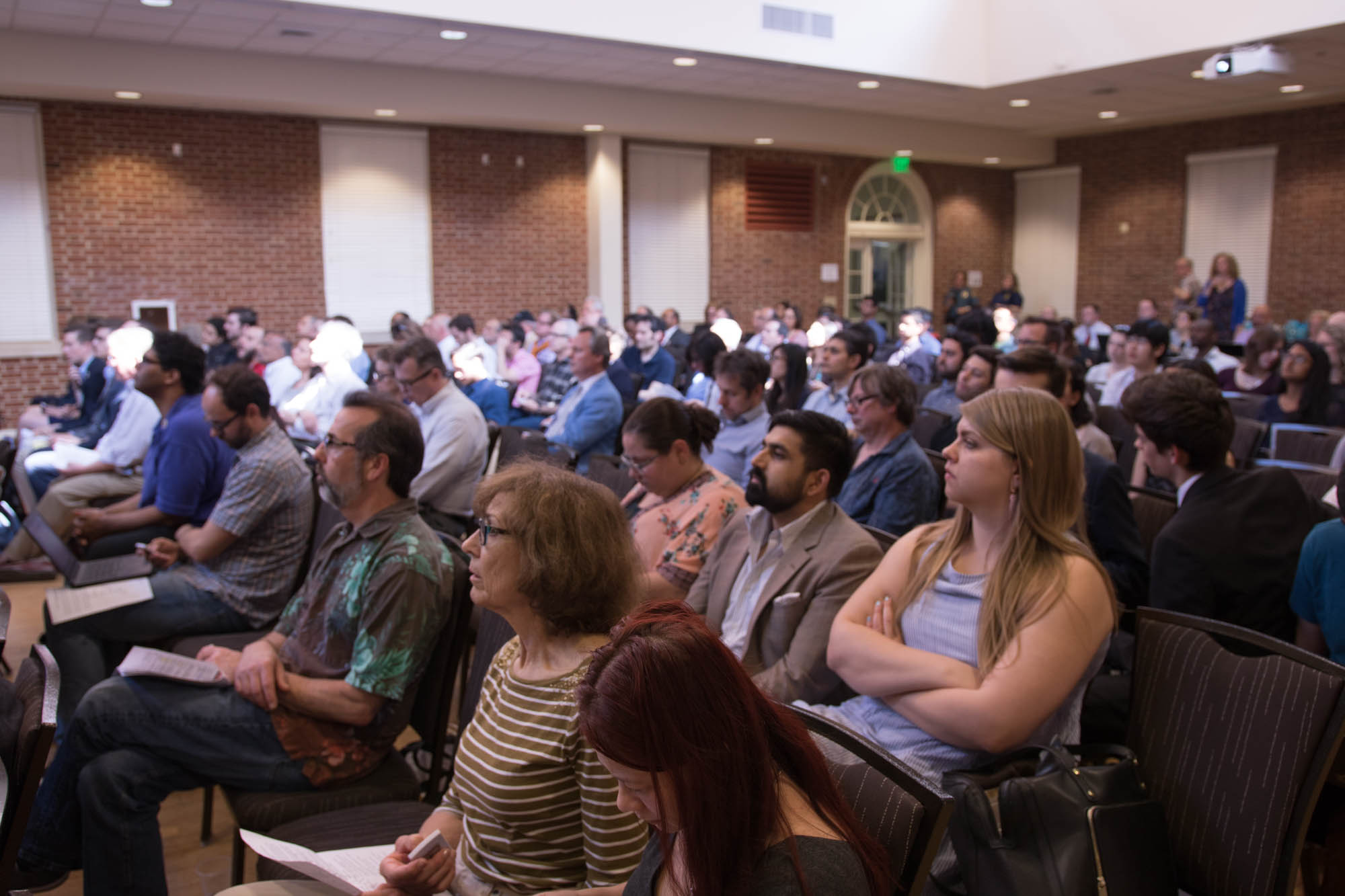The University of Maryland Senate passed a proposal Wednesday to create a post-baccalaureate certificate in integrated technology in education.
The program is meant to teach educators how to best to include technology in K-12 classrooms, according to the proposal.
The teaching and learning, policy and leadership department proposed the 12-credit program to the senate on Feb. 20. It passed by a vote of 92-3.
If university President Wallace Loh approves the proposal, it will be sent to University System of Maryland Chancellor Robert Caret and the Maryland Higher Education Commission for approval. The goal is to have the program available for summer 2019, said Helene Cohen, the Office of Innovative Technology and Partnerships’ executive director.
“Our society has been moving towards [being] more technology-integrated. … It’d be kind of silly not to start integrating technology into our classrooms,” said Quincy Rawson, a sophomore early childhood education and special education major. “We should definitely be learning about how to properly instate curriculum and things centered around virtual supplemental materials for students.”
[Read more: The University of Maryland could get a major about virtual reality design]
Muneebah Qureshi, a junior middle school education major, said when integrated into the lesson, technology can be very useful in the classroom.
“I think [technology] benefits students if you use it the right way, like, not just showing a video, but having them be more interactive with the technology,” Qureshi said.
The program would include two in-person summer classes and two online or blended courses in the fall and spring, according to Diane Jass Ketelhut, a professor in the teaching and learning, policy and leadership department. The online courses would allow teachers to continue working while completing their certificate.
Rawson said she has not taken an online course, but she “would assume that because it’s a class on integrated technology, it would make sense to have sort of a blended learning experience.”
[Read more: A neuroscience major is in the works for University of Maryland undergraduates]
Not all students feel having online courses is the best way to attract people to the program, though. Cinthya Salazar, a student affairs doctoral student, said online courses can be challenging when students are unsure who to speak to about issues with more abstract topics.
“[If] you want to reach teachers that are not using technology, then they are very likely to not use online classes or online platforms because they don’t know how to navigate,” Salazar said.
Students who complete this program would have the option to transfer the credits toward a master’s degree in education with an emphasis in teacher leadership, according to the proposal.
“It’s not just gonna help them in the way they teach, but also teaching their own students about technology,” Cohen said. “I think a certificate is a nice level of commitment to it because I don’t think a teacher needs 30 credits toward it, but I think 12 credits would give them a good background.”
The proposal was formed after Pamela Shetley, the director of the Office of Talent Development at Prince George’s County Public Schools, reached out to this university’s education department to discuss ways to prepare educators to teach technology in the classroom.
Shetley worked with Cohen, David Weintrop, a professor in the teaching and learning, policy and leadership department, Tamara Clegg, a professor for the education college and information studies college, and Ketelhut to develop the program.
“It’s really important to make sure that we’re meeting the needs of the school and the district,” Weintrop said. “There’s huge opportunity with respect to technology and … with respect to content understanding as well as making classroom practices more authentic … giving students these experiences with things they care about.”
Weintrop said that this course could help teachers better understand how to utilize data to make it more culturally relevant and responsive.
“Most of the world’s businesses have been integrating technology and using them for decades, but we still debate whether that’s an important thing for students to become facile with,” Ketelhut said. “That’s something we want to change.”



